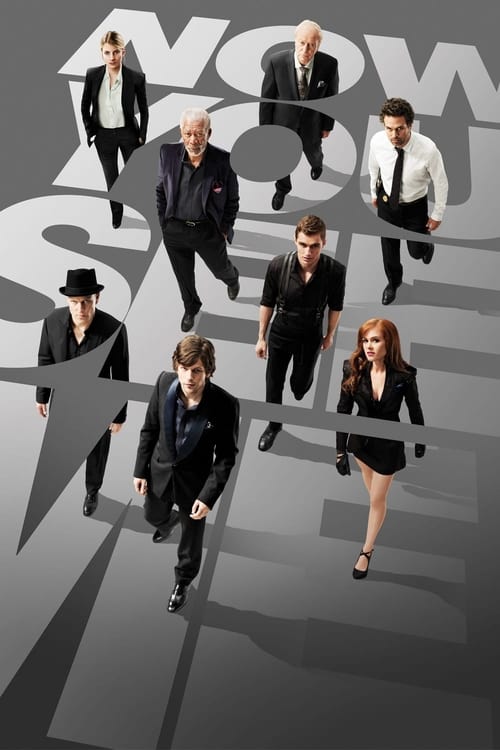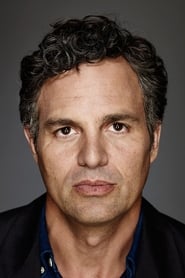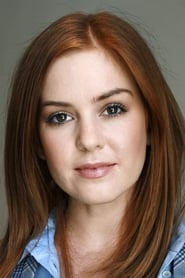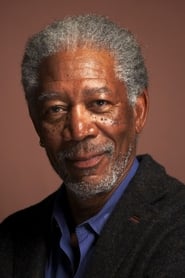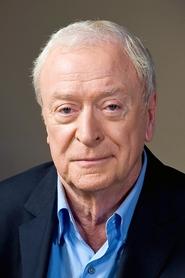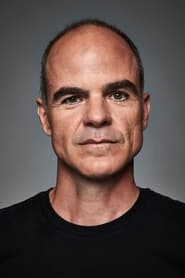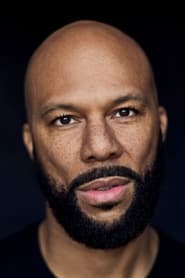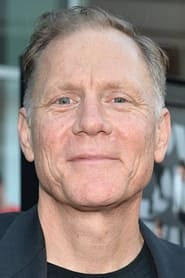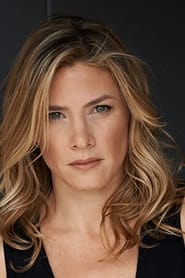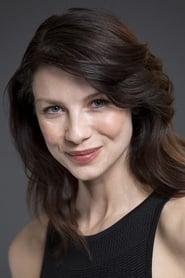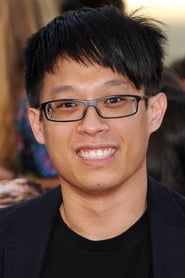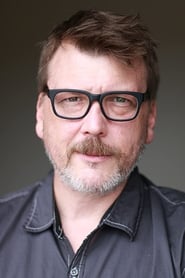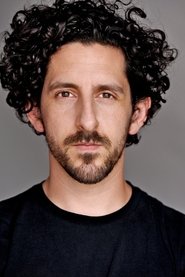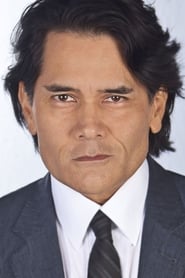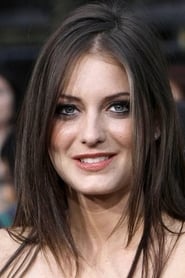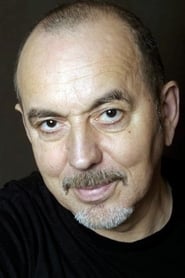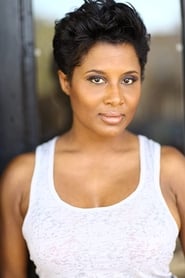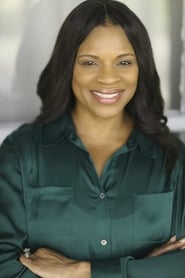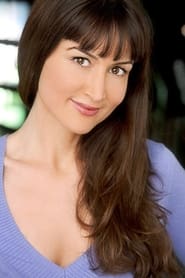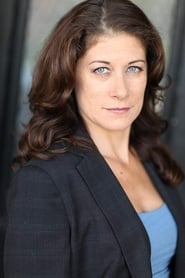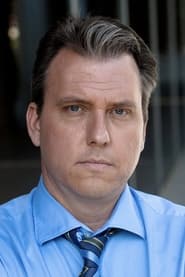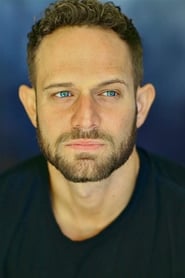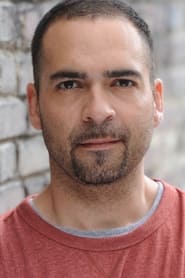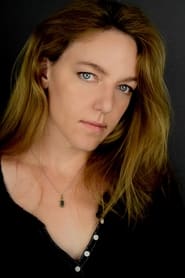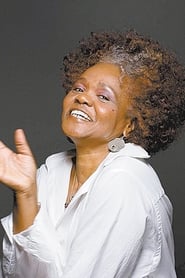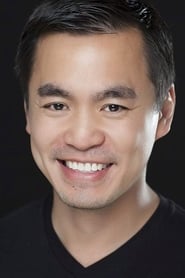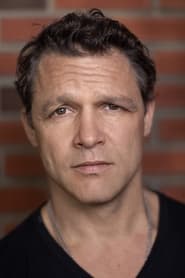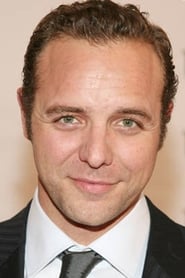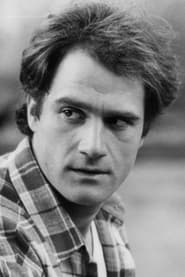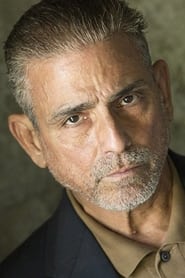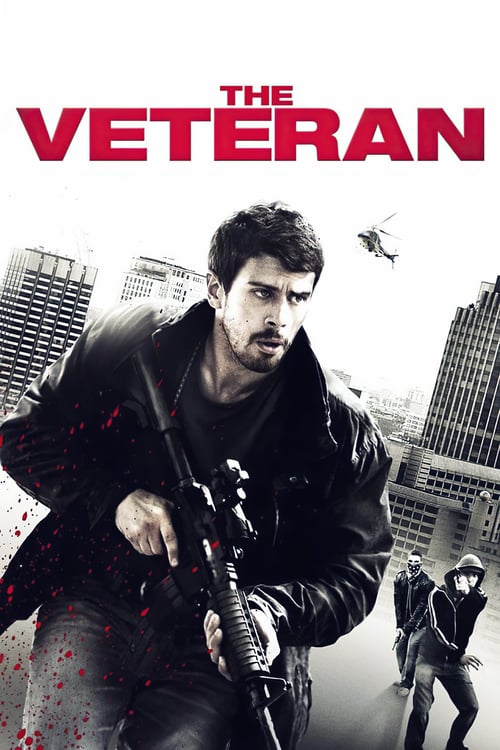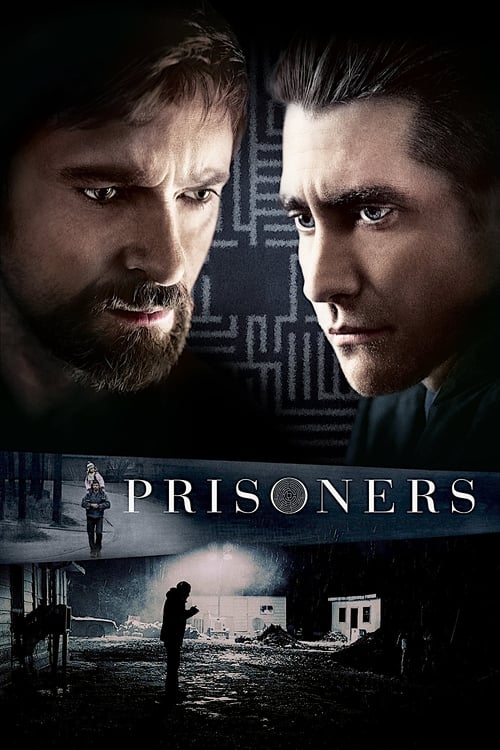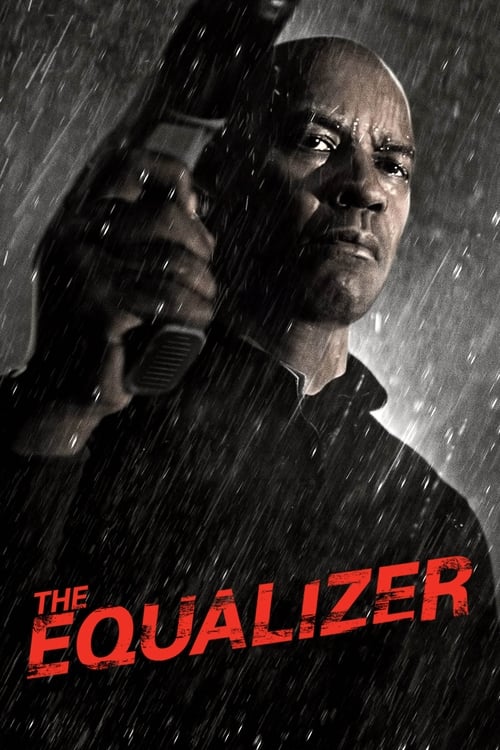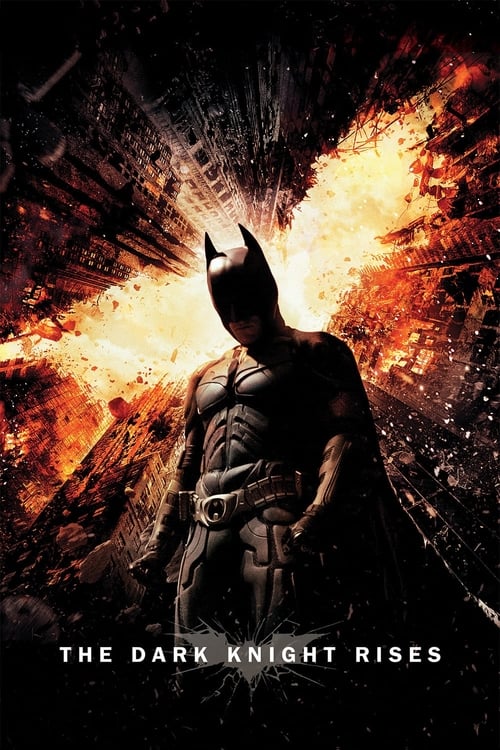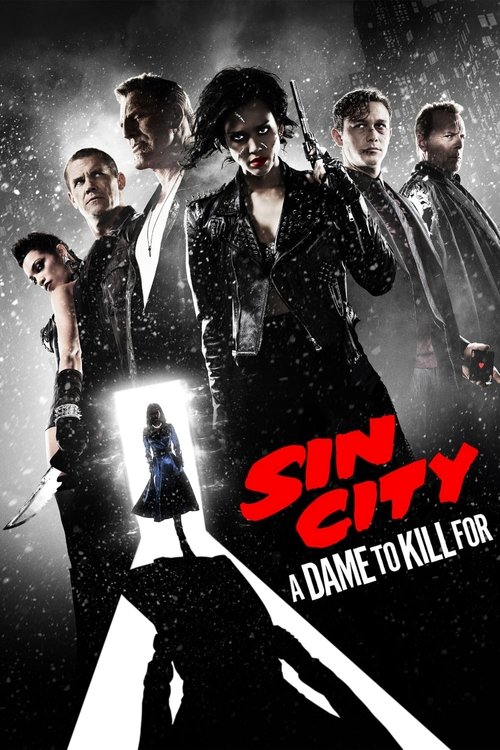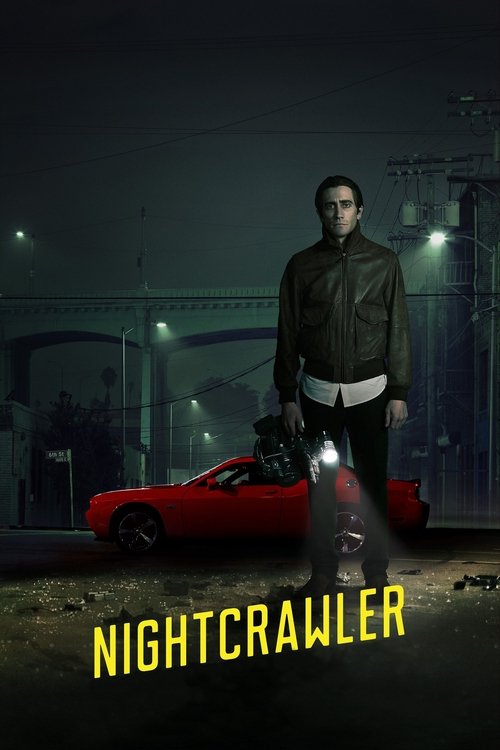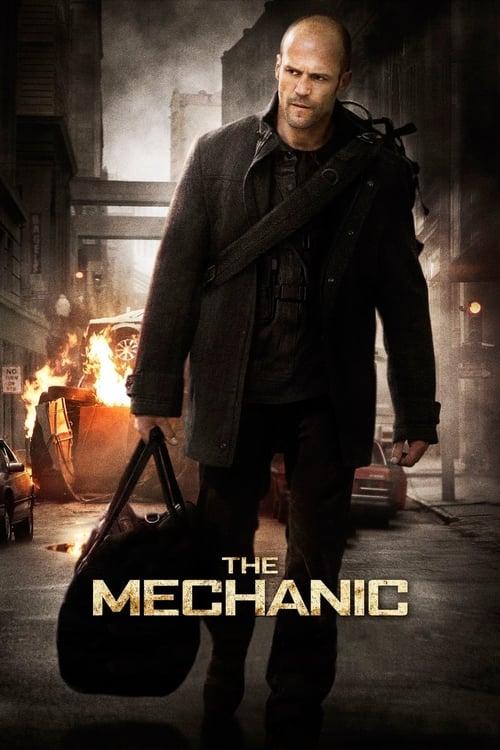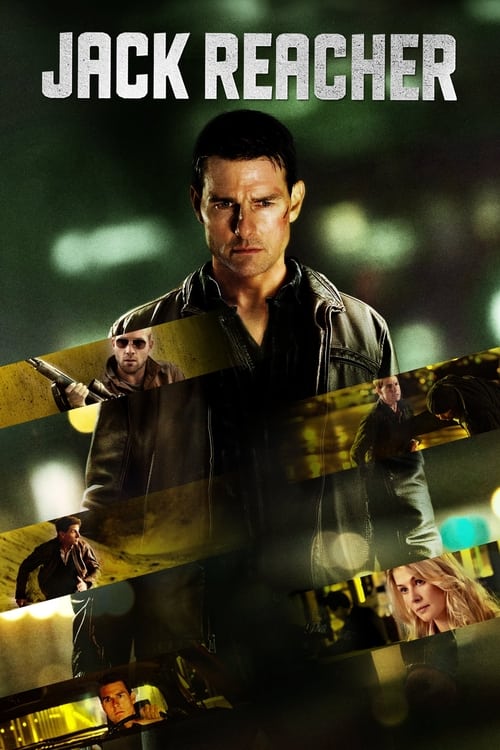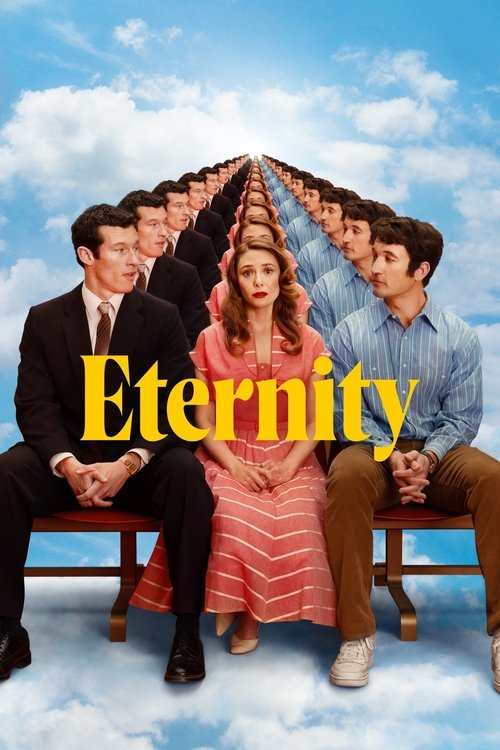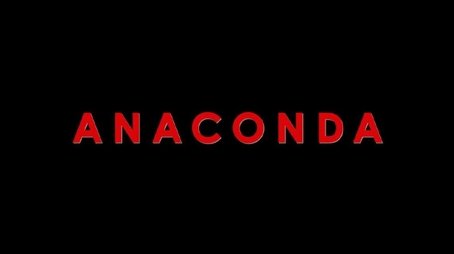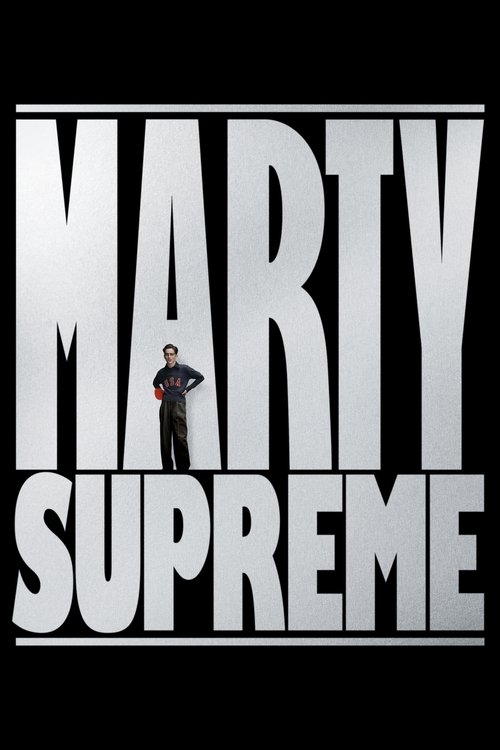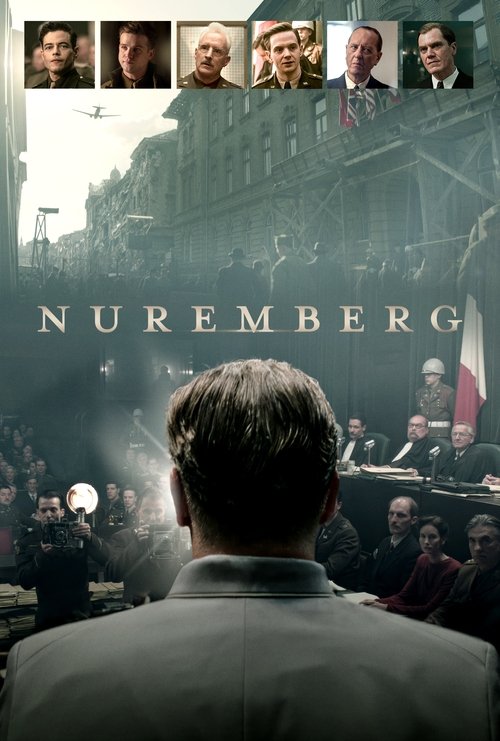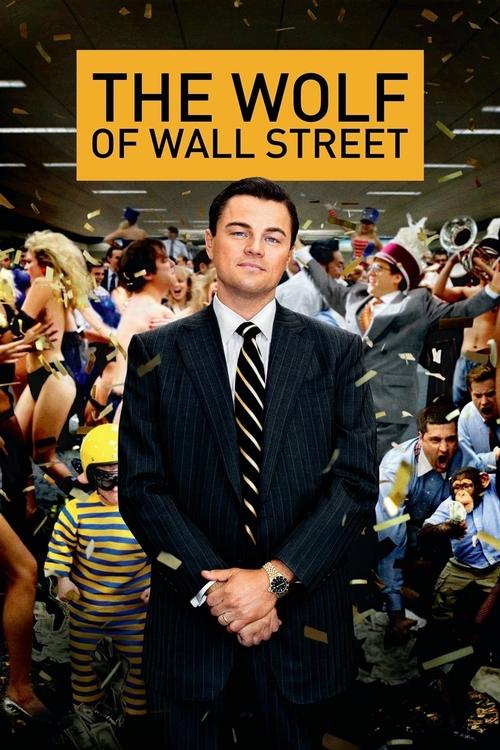
Ask Your Own Question
What is the plot?
The film opens with four distinct scenes, each introducing a magician with a unique talent but no connection yet apparent. J. Daniel Atlas, a confident and skilled illusionist, dazzles a New York City street crowd with a card trick that ends with a flourish. Merritt McKinney, a witty mentalist, performs a mind-reading act in a smoky bar, effortlessly manipulating his audience's thoughts. Henley Reeves, an escape artist, captivates with a perilous underwater box escape, her face tense with concentration. Jack Wilder, a street magician and pickpocket, charms and robs a tourist in a bustling city square. Each receives a mysterious tarot card--The Magician, The Mentalist, The Escape Artist, and The Cardsharp--summoning them to a New York apartment. There, holographic instructions from an unknown benefactor beckon them to unite, setting the stage for a grand plan that will unfold over the coming year.
Fast forward one year, and the four have formed a dazzling act known as the Four Horsemen, performing in a glittering Las Vegas theater. Sponsored by insurance magnate Arthur Tressler, their show is a spectacle of magic and illusion. The climax is a breathtaking trick: an audience member seemingly teleports into a Paris bank vault. The crowd gasps as the man is instructed to activate the vault's ventilation system, which sucks up a pallet of euros. Moments later, thousands of bills cascade over the audience like a golden rain. The crowd erupts in cheers, but the magic is more than illusion--the Paris bank vault is found empty the next day. The Horsemen have pulled off a real heist under the guise of a trick.
FBI agent Dylan Rhodes and Interpol detective Alma Dray arrive to investigate. They interrogate the Horsemen, but the magicians' charm and cunning leave them frustrated and with no concrete evidence. Consulting with Thaddeus Bradley, a former magician turned exposer, Dylan learns the truth behind the illusion: the vault was a mock-up, the audience participant hypnotized, and the cash was flash paper disguised as money, burning without residue when the ventilation was activated. This revelation only deepens the mystery, as the Horsemen vanish before they can be caught.
The pursuit intensifies in New Orleans, where the Horsemen's next act targets Arthur Tressler's private accounts. On stage, they transfer millions from Tressler's funds to Hurricane Katrina victims who had been denied insurance claims. The audience watches in awe as the Horsemen redistribute wealth in a public spectacle of justice and defiance. Dylan attempts to capture them, but Daniel slyly drops a tracker into his pocket, keeping the Horsemen one step ahead. Enraged, Tressler hires Thaddeus to expose the Horsemen's secrets, but Alma suspects a deeper connection to "The Eye," a secret society of magicians who use their skills to fight injustice. The Horsemen continue to evade capture, even swapping Dylan's phone with a bugged replica to stay ahead of the investigation.
Back in New York, the FBI raids the apartment where the Horsemen first met. Three of them escape, but Jack Wilder stays behind to destroy evidence. A tense car chase ensues with Dylan and Alma in pursuit. Jack's car crashes in a fiery explosion, seemingly killing him. The agents recover documents pointing to Elkhorn Manufacturing's safe as the next target.
The FBI rushes to Elkhorn's warehouse, only to find the safe missing. A hypnotized FBI agent intercepts the safe and opens it, revealing a decoy filled with balloon animals. Meanwhile, the real safe is discovered in Thaddeus Bradley's possession, revealing his unwitting involvement in the Horsemen's plan.
The final act unfolds at 5 Pointz, an abandoned graffiti-covered building in New York. The Horsemen perform their farewell show, a dazzling display of magic and misdirection. As the performance reaches its climax, they leap off the roof, vanishing in a shower of counterfeit money. Alma stops Dylan from shooting, trusting the Horsemen's cause.
In a stunning twist, Dylan Rhodes is revealed as the fifth Horseman and the mastermind behind the entire operation. His motivation is personal revenge against Arthur Tressler, who was involved in his father's death. Thaddeus Bradley, once a formidable exposer, is exposed as a pawn in Dylan's intricate plan.
The Four Horsemen disappear, leaving law enforcement baffled and the audience awestruck. The story closes with Dylan's true identity unveiled, redefining the entire narrative and leaving the promise of justice disguised as illusion.
What is the ending?
In the ending of "Now You See Me," the Four Horsemen reveal their true intentions and the mastermind behind their heists. They expose the FBI agent Dylan Rhodes as the son of the original magician, and it is revealed that he orchestrated the entire plan to take down the corrupt businessman Arthur Tressler. The film concludes with the Horsemen escaping, leaving the audience questioning the nature of magic and deception.
Now, let's delve into the ending in a detailed, chronological narrative.
As the climax unfolds, the Four Horsemen--J. Daniel Atlas, Merritt McKinney, Henley Reeves, and Jack Wilder--are cornered by the FBI during their final performance in Las Vegas. They have just completed a spectacular heist, stealing millions from the wealthy businessman Arthur Tressler, who is also in attendance. The FBI, led by Agent Dylan Rhodes, is determined to apprehend them, believing they are nothing more than common criminals.
In a tense confrontation, the Horsemen are arrested, but they remain confident, hinting at a larger plan at play. As they are taken into custody, the audience is left in suspense, wondering how they will escape this predicament. The scene shifts to a flashback, revealing the intricate planning that has taken place behind the scenes. It becomes clear that Dylan Rhodes, who has been pursuing the Horsemen, is not just an agent but has a personal connection to the world of magic.
In a pivotal moment, the narrative reveals that Dylan is the son of the legendary magician Lionel Shrike, who died during a performance gone wrong. This revelation adds depth to Dylan's motivations; he has been seeking revenge against Tressler, who was responsible for his father's downfall. The audience learns that Dylan has been manipulating events from the beginning, using the Horsemen as pawns in his elaborate scheme to expose Tressler's corruption.
As the story progresses, the Horsemen execute their final act, which involves a daring escape that showcases their skills and teamwork. They manage to evade capture, leaving the FBI baffled. The scene is filled with tension as the audience watches the Horsemen perform their magic, blending illusion with reality. The stakes are high, and the atmosphere is electric with anticipation.
In the final moments, the Horsemen gather in a secluded location, where they celebrate their success. They reveal their true intentions: they are not just entertainers but champions of justice, aiming to expose the corrupt elite. The camaraderie among the Horsemen is palpable, showcasing their bond and shared purpose.
The film concludes with a twist, as the audience sees Dylan, now revealed as the mastermind, walking away with a satisfied smile. He has successfully taken down Tressler and has orchestrated the entire series of events to achieve his goals. The final scene leaves viewers with a sense of wonder and intrigue, as the line between illusion and reality blurs.
In terms of character fates, J. Daniel Atlas, Merritt McKinney, Henley Reeves, and Jack Wilder remain free, having outsmarted the authorities. Dylan Rhodes, having achieved his revenge, walks away with a sense of closure regarding his father's legacy. Arthur Tressler, on the other hand, is left humiliated and exposed, a victim of the Horsemen's elaborate scheme. The ending encapsulates the themes of deception, justice, and the power of illusion, leaving the audience questioning the nature of truth and the art of magic.
Is there a post-credit scene?
In "Now You See Me," there is no post-credit scene. The film concludes with the main storyline wrapped up, leaving no additional scenes or teasers after the credits roll. The final moments focus on the resolution of the characters' arcs and the reveal of the mastermind behind the heists, culminating in a sense of closure for the audience.
What are the main motivations of the Four Horsemen in the film?
The Four Horsemen, consisting of J. Daniel Atlas, Merritt McKinney, Henley Reeves, and Jack Wilder, are motivated by a mix of personal ambition, a desire for fame, and a quest for justice against corrupt financial institutions. Each character has their own backstory that drives them: Atlas seeks recognition for his skills, McKinney is looking for redemption after a failed career, Reeves wants to prove herself in a male-dominated field, and Wilder is driven by a thrill-seeking nature.
How does the character of Dylan Rhodes evolve throughout the film?
Dylan Rhodes, an FBI agent, starts as a skeptical and determined investigator trying to catch the Four Horsemen. As the story unfolds, he grapples with his own beliefs about justice and morality, especially when he discovers deeper connections to the magic and the heists. His evolution is marked by moments of doubt and revelation, ultimately leading him to a shocking realization about his own identity and motivations.
What role does Thaddeus Bradley play in the story?
Thaddeus Bradley, played by Morgan Freeman, is a former magician turned magic consultant who exposes the tricks behind illusions. His role is pivotal as he serves as both an antagonist and a mentor figure, providing insight into the world of magic. He is motivated by a desire for profit and recognition, but his actions also reveal a deeper understanding of the consequences of exposing the Four Horsemen's secrets.
What is the significance of the final heist involving the bank in Paris?
The final heist in Paris is significant as it encapsulates the themes of illusion and deception that run throughout the film. The Horsemen's plan to rob a bank while performing a magic show serves as a culmination of their skills and a direct challenge to the corrupt financial system. It also reveals the intricate planning and teamwork among the Horsemen, showcasing their ability to manipulate perception and reality.
How does the character of Jack Wilder contribute to the group's dynamic?
Jack Wilder, portrayed by Dave Franco, adds a youthful and impulsive energy to the group. His character is a skilled pickpocket and magician, often acting as the wildcard in their plans. Jack's motivations are driven by a desire for excitement and recognition, and his loyalty to the group is tested throughout the film. His character provides both comic relief and tension, especially during high-stakes moments.
Is this family friendly?
"Now You See Me," produced in 2013, is a heist thriller that features themes of deception, crime, and revenge, which may not be suitable for younger audiences or sensitive viewers. Here are some potentially objectionable or upsetting aspects:
-
Violence: The film includes scenes of physical confrontations, including a character being shot and others being threatened with weapons. The violence is not overly graphic but may be intense for some viewers.
-
Crime and Deception: The central plot revolves around a group of illusionists who commit elaborate heists. The portrayal of criminal activities and the moral ambiguity of the characters may be unsettling for children.
-
Intense Situations: There are moments of high tension, including a character being held hostage and the threat of harm to others, which could be distressing.
-
Language: The film contains some strong language that may not be appropriate for younger audiences.
-
Themes of Betrayal and Revenge: The emotional undertones of betrayal and the quest for revenge can be complex and may not resonate well with younger viewers.
Overall, while the film is visually engaging and features impressive magic tricks, its themes and content may be more suitable for older teens and adults.

